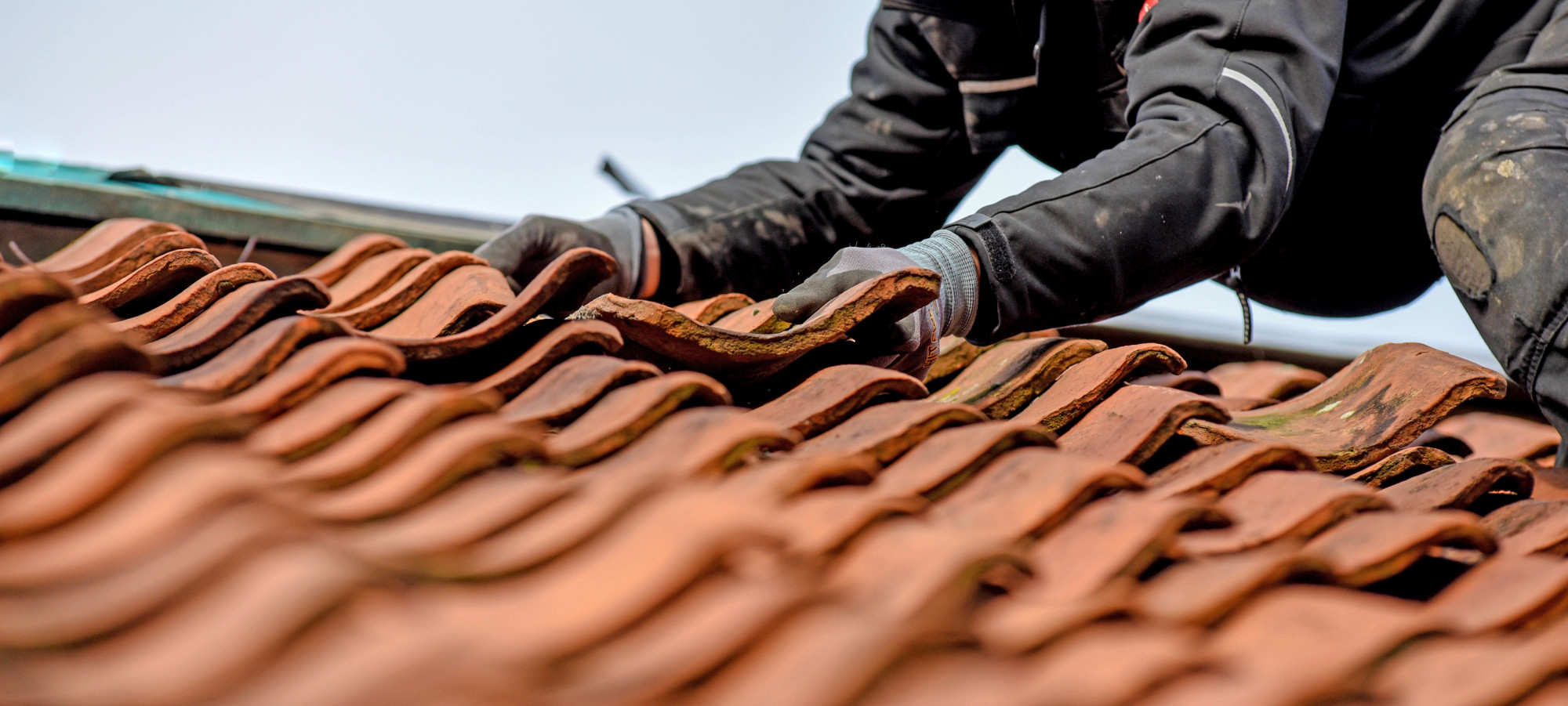Your roof can take a lot of punishment. Through decades, you can expect the same protection from the elements from your roof. That’s why the most dependable roofs are made from materials that outlive the home itself.
You can expect your roof to be like new after even five decades. There are roofing materials made for this purpose. With proper maintenance, your roof will have some tightness to it for as long as you live in the house.
But for a roof to age gracefully, it needs periodic care and maintenance. Roof blistering is one problem that can develop without regular care.
Keep reading to learn all about the seven tips on how you can prevent roof blistering from happening.
1. Ensure Proper Ventilation
Proper ventilation is a preventative measure to keep your roof from blistering during summertime. Blistering happens when the heat of the sun causes moisture within the roof to expand, pushing up the outer layer of the roof’s surface. If left untreated, the blisters can grow, leading to more serious damage and costly repairs.
As such, it’s important to plan and ensure proper ventilation. To do this, a combination of soffit and ridge vents should be used.
When installed together, these vents create an air passage from the attic to the outside, allowing air to circulate and preventing heat and moisture build-up. It’s also recommended to install a gable-end vent for adequate attic air exhaust.
2. Insulate the Attic
Without insulation the sun’s heat beats down on your roof, forming dry patches and causing the asphalt to blister. The more insulation you can place in the attic, the more you can lower your energy bills, as well as protect your roof from blistering.
To keep your attic properly insulated, look for materials such as fiberglass, cellulose, or foam. These materials block both heat and noise, and they can make a difference in your roof’s health. Although there will be an upfront cost of insulating the attic, there will be long-term benefits that will come with it.
Along with preventing blistering, adding insulation will help you reduce drafts and lower your energy bills. By taking the time to insulate your attic, you are investing in the longevity of your roof, and avoiding costly repairs down the line.
3. Choose the Right Roofing Materials
Blistering is caused when warm air gets trapped in the layers of a roof, causing hot and cold spots, loosening the bonding between the layers, and causing blisters to form. A good tip is to choose materials that manage the temperature well, such as roof shingles containing ceramic granules. These materials reflect the sun’s rays, keeping the roof cool and reducing heat buildup.
Also, be sure to choose materials with a strong bond between layers. It can be rubberized asphalt concrete, which prevents pockets of air that can cause blistering.
Finally, when installing your roof, use a double-lapping pattern to make sure the layers are securely sealed. Taking extra care to choose the right materials will greatly minimize the risk of roof blistering.
4. Conduct Regular Roof Inspections
It is important to conduct regular roof inspections on your home to prevent roof blistering. During the inspection, scan the roof for any signs of moisture damage, sagging, leaking, and any other signs of deterioration. If any of these roof problems are present, the roof may already have blisters starting to form beneath the surface.
Each time you inspect your roof, look for areas where blistering may occur soon. Look for moisture along roof lines, and any other signs that cold air or warm air can damage the roof. If any of these signs are present, do roof maintenance immediately to prevent any further damage from occurring.
5. Keep the Roof Clean
Blisters are due to trapped moisture beneath the surface of the roof, which can be the result of snow, ice, leaves, fallen branches, moss, or dirt on the rooftop. So, it is important to keep the roof free of these, or else moisture can seep in and cause the roof to blister.
To keep a roof clean, it is a good idea to keep the gutters free of debris and get them flushed regularly. Inspect the roof a couple of times a year to make sure there is no buildup of organic material, such as moss or leaves.
If this is present, they can be easily swept away or blown off using an air blower. For areas of the roof that are hard to reach, an experienced roofer can do the job.
6. Avoid Walking on the Roof
It is important to avoid walking on the roof of a home or building. This is because the force of footsteps puts pressure on the roofing material, which can cause it to shift and buckle.
Damage can lead to blistering, particularly in older roofs that have weaker and more pliable materials. Also, walking on a roof can increase the chance of slipping and falling, resulting in serious or fatal injuries.
To avoid this, homeowners should use ladders to access their roof surfaces. This will help ensure the safety of everyone involved and prevent unnecessary damage to the roof.
7. Seek Professional Roofing Services
Professional roofers can inspect and diagnose the cause of a blistered roof, then make the necessary repairs. They can also provide regular maintenance and inspections.
To ensure that the repairs are done correctly, it’s important to read about roof repair. Getting advice or help from professionals is also essential if you are dealing with extensive damage.
Make sure that you can get the best and most trusted roofing contractor with the proper training and experience. A reputable one can use up-to-date materials and techniques to repair the roof and protect it from future damage.
Learn How to Avoid Roof Blistering
In conclusion, preventing roof blistering is essential to preserving the structural integrity of your roof and home. Making necessary repairs before blisters appear is the best way to stop problems before they start. Contact a professional today to discuss your roofing options and get the guidance you need to protect your roof.
To learn more about roofing, check the rest of our blog.




Be First to Comment